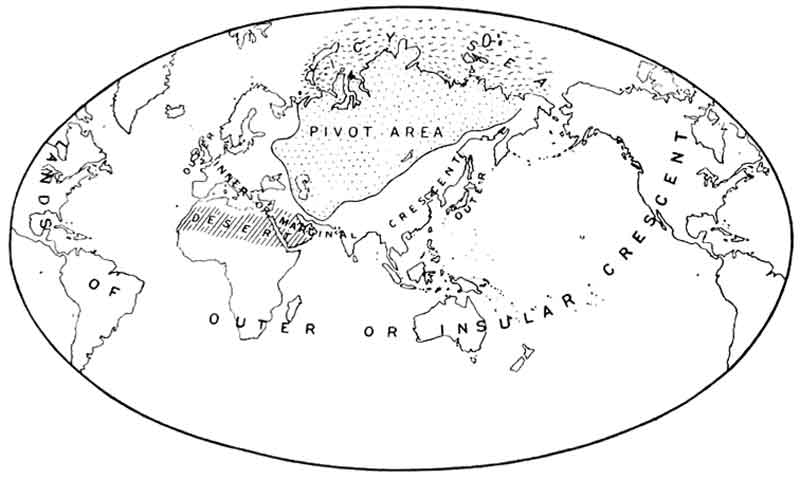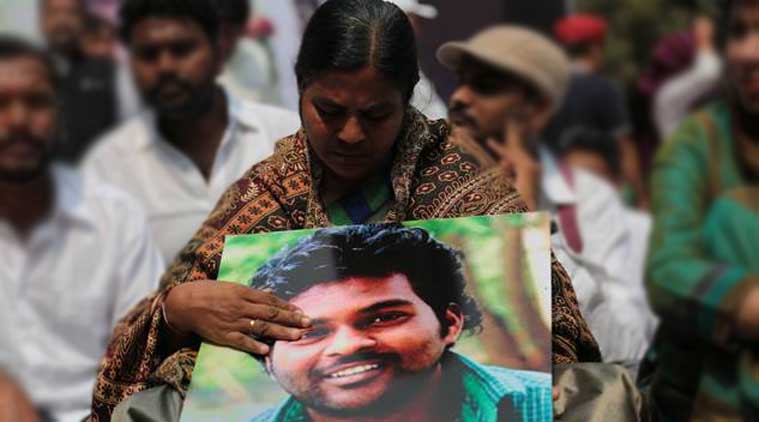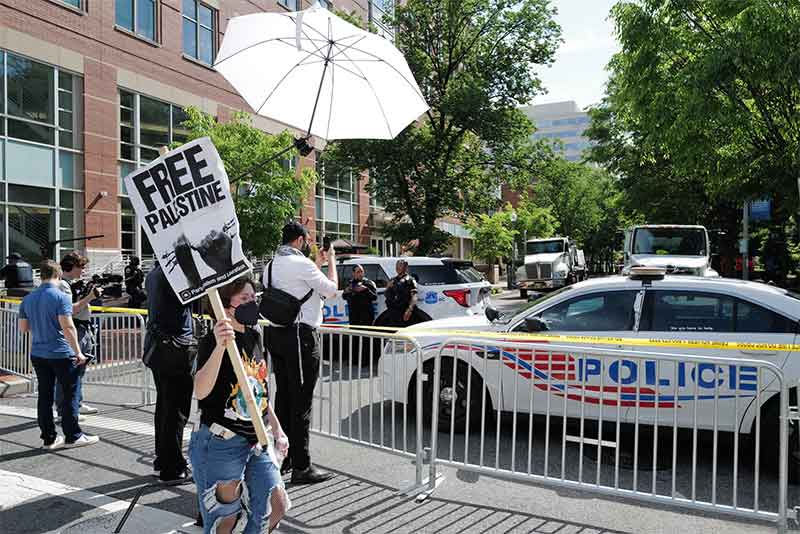
The concerned experts have been suggesting an increase in the share of GDP for health for last many years. The advice fell on the deaf ears of the government. Today we are seeing the result of the callousness in not paying heed to the experts’ advice. We are facing the consequences of that neglect. Some, of course are reaping the benefit too. India is experiencing a sharp surge in daily COVID-19 cases in last few weeks. The country crossed the 4,00,000 new cases mark on 30 April 2021. On the same day in 2020, the number of new cases was 1801. A whooping increase! Compound monthly growth rate of the new cases is 57 percent between the two time points! On 06 May 2021, the number of new case reporters were 412431- highest since the pandemic spread in 2020. Highest deaths in a day were reported on 18 Sept 2020, pitching the number at 1247. The 7-day average deaths were 1164 during that week. Comparing that with the situation in 2021, the highest number of death was touched in the first quarter of the year itself. On 28 April 2021, 3645 deaths with 7-day average of 3319 were recorded. The deaths reduced since then for about two days and then started to rise continuously till 6 May 2021 recording 3915 death with 7-day average of 3679. The positivity rate increased by 1.5 percent between 20 March 2020 and 20 March 2021. The Positive tests are estimated by multiplying tests taken by the positivity rate. Positive tests may not be equal to positive cases because of reporting differences and people taking multiple tests. As evident from the JHU CSSE COVID-19 Data, the number of tests done in 2020 were 1125 with 24 positive cases. On the same date in 2021, 941749 tests were done with 33093 positive cases. As of 05 May 2021, India’s burden of COVID cases is to the tune of 2.15 crores. There have been 1.76 crore recoveries. The number of deaths has surged to 2.34 lakhs. In this surge, vaccination trailed slowly to reach about 190,000 by 16 Jan 2021. Only 31.5 lakh are fully vaccinated, about 2.3 percent of the population. Those partially vaccinated are 131.05 lakhs, about 9.6 percent of the total population. At this pace, the target to immunize all people against the coronavirus will take at least two more years. Amidst already weak health infrastructure, despite the additional COVID infrastructure established last year, and phase-wise immunization, shortage of hospital beds and liquid medical oxygen, have posed newer challenges to address. Medical oxygen in India has been in severe shortage as the country struggles with the second wave of the pandemic. The medical aid from abroad is awaiting to clear the bureaucratic necessities, as delivery of the critical resource to those in need remained suspended well into the first week of this month.
There have been many incidences from past one week or so in which the COVID-19 affected persons have lost their lives across the country due to the non-availability of oxygen in the hospitals. State like Delhi, UP, Maharashtra, Gujarat have reported shortage. The political voices from one state have accused the other states for ‘looting’ the oxygen, blocking transportation etc. Now, when the need is to ensure supply, those whom we have elected, are busy raking up an unnecessary debate to divert the attention from the real issue- of COVID deaths due to shortage of oxygen which as killed more than 170 persons seeking care
It is important to understand if it really is the shortage. It is apparently, not because of shortage due to low production or exports during the current financial year(FY21). The Department of Commerce data shows that the country exported double the quantity of oxygen during the FY 21 as compare to previous (FY20) for both medical and industrial use. More than 9000 metric tonnes of oxygen was exported during April 2020- January 2021 as compared to 4502 metric tonnes during FY20. Considering the severity of the second wave being experienced now, the demand for the liquid medical oxygen (LMO) increased from last year. From 700 metric tonnes per day (MTPD) to 2800 MTPD during March- May 2020. However, during the current wave, the demand increased to 5000 MTPD because of comparatively higher infectivity of the coronavirus variants spreading the infection in the second wave. It is noteworthy that the India produces more than 7000 metric tonnes of liquid oxygen per day which is enough to meet the medical requirements of 5000 MTPD. Therefore the shortage may not necessarily be due to production or export. Uneven supply and logistics have caused the unmet need in most states. Like all other resources, the reason for shortage of oxygen lies in the uneven distribution. States reporting the surge are facing the shortage of the oxygen. The crisis has been caused due to the distance between the production sites and the demand sites. States with high number of critical cases like Maharashtra and Gujarat have registered more demand. Meeting the demand of these states at present rests on the availability of the tankers transporting the liquid oxygen and delayed surge in other states. While Gujarat has the potential to produce as much to meet its demand, Maharashtra needs more than it produces. At present, cryogenic tankers necessary for transporting liquid oxygen is inadequate as a number of hospitals are facing shortage at the same time. To save the lives of all critical patients is the call of medical services and therefore providing the oxygen to all at the same time is indispensable- none can be prioritised. Therefore, what is needed is preparing vehicles which can carry the liquid oxygen, since manufacturing the stipulated cryogenic tankers can take up to 4-5 months. Therefore, manufacturing can be started as Plan B to address the need when other states like UP, Delhi and MP experience the surge. Waiting for manufacturing the cryogenic truck may not serve the purpose, but will prepare for a later time point. At this time of crisis, train could be used as an alternative to ease the shortage across the states. Import of oxygen is also likely to relieve the stress on the hospitals at present. Local institutions of scientific research may be involved in setting up the plants too.
The government has decided to import 50,000 metric tonnes of oxygen and has also sanctioned installation of 162 oxygen plants in public health facilities across the country to augment the capacity by more than 150 metric tonnes as evident from the Department of Health, Ministry of health and Family Welfare. Going by the government data , at present daily medical oxygen consumption is only 54% of the total production capacity- as on 12 April 2021. As a backup, industrial oxygen may deflected for processing as LMO. With import of oxygen, in addition to existing production capacity, the demand is likely to be met.
It is important to be prudent in deciding the location of installation keeping in mind the current and the prospective surge. The spread of infection needs to contained immediately. If the infection chain is not broken soon, and if the surge continues, India could land her people in a situation of severe oxygen crisis for the infected persons, and those in various kinds of medical care dependency. The already fragile family members of the COVID infected person do not deserve to be turned away from the hospitals for the need of liquid medical oxygen- the basic substance of which is endowed by nature- free of cost! The bureaucracy and polity has to practice the invoked Act because the disease has become a national disaster awaiting to be managed.
About the author- Professor in the Centre of Social Medicine and Community health, School of Social Sciences, Jawaharlal Nehru University, New Delhi
GET COUNTERCURRENTS DAILY NEWSLETTER STRAIGHT TO YOUR INBOX














































